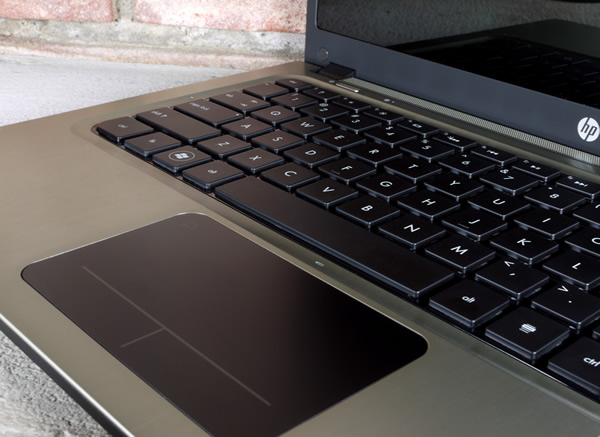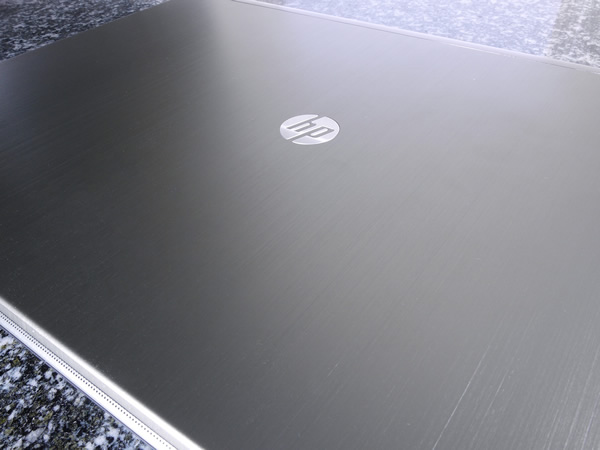Closing Thoughts
At 3.3lbs (1.49kg), HP's offering isn't the lightest around, nor is it the thinnest at 0.7in. In fact, it's toward the upper limits of both attributes with most ultrabooks weighing 2.4-2.9lbs and measuring 0.51-0.67in thick. However, I wouldn't appreciate the system more if it were smaller, nor would I likely notice a 0.5lb/1mm difference. It's also tough to bash on the Folio's size disadvantage considering its solid build quality.
I ran two battery tests: one while looping a 720p rip of Inception, the other using Powermark's default "Balanced" profile, which provides mixed workloads including Web browsing, word processing, gaming and playing videos.
The battery tests came in well under HP's advertised 9-hour autonomy at just over 4 and 6 hours. However, the display, processor and integrated graphics core ran at their maximum settings and both tests are probably more taxing than you'd put the machine through if you used it for light tasks with Windows' Power Saver profile. In such a scenario, I imagine it's possible to squeeze up to 8 or even the claimed 9 hours.

As explained in an editorial last November, we expect ultrabooks to address many problems plaguing notebooks, including a crummy battery life, build quality, display and user experience. HP's Folio 13 makes valiant strides toward improving the first two categories, and while the latter two could still use some work, they're far from deal breakers. In fact, with a little speculation, you could make a case for the weak display.
It could be a coincidence, but the Folio 13 has a relatively dim screen while touting best-in-class battery life. It isn't too hard to draw parallels there. If they're connected, I can't necessarily fault HP. Considering the purpose of an ultrabook, it seems a longer battery life would hold more value. It's undoubtedly easier to market a 9-hour battery life over an IPS panel – especially considering the latter involves a price premium.

As for the user experience, HP has committed the typical crime of shipping its machine with bloatware. Along with a dozen of HP's own clunky applications, you'll find a 60-day trial of Norton Internet Security 2012, Bing Bar 7 for Internet Explorer 9, Snapfish Picture Mover and more. This is especially annoying on an ultrabook, because the recovery partition occupies 18GB of the SSD, leaving Windows with 96.9GB after formatting.
Assuming the display and bloatware don't scare you off (and they probably shouldn't, honestly), the Folio 13 ought to be toward the top of your list if you're shopping for an ultrabook. The system's nearly fingerprint-proof finish, professional aesthetics, comfy backlit keyboard, lengthy battery life and snappy performance make it an easy sell at $900. Here's hoping the coming wave of Ivy Bridge ultrabooks are equally solid.
score
Pros: Sturdy construction, eats fingerprints, everlasting battery, comfortable backlit keyboard.
Cons: Dull, glossy display, finicky touchpad, slightly thicker and heavier than other ultrabooks. Ivy Bridge is around the corner.
